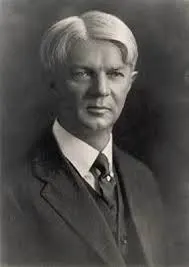William Kilpatrick’s Project Method is a pedagogical approach developed in the early 20th century, emphasizing student-centered, experiential learning through real-world projects. Kilpatrick, an American educator and a disciple of John Dewey, outlined this method in his influential essay “The Project Method” (1918).
Core Principles of the Project Method
- Student-Centered Learning:
- The method prioritizes the interests and needs of the students.
- Projects are chosen and designed based on what students find meaningful and engaging.
- Learning by Doing:
- Students actively participate in practical, hands-on activities.
- They apply knowledge and skills to solve problems or create tangible results.
- Collaboration and Social Interaction:
- Emphasizes teamwork and group collaboration.
- Students learn through discussion, negotiation, and shared decision-making.
- Real-Life Relevance:
- Projects often address real-world problems or scenarios.
- This helps students connect academic concepts to practical applications.
- Interdisciplinary Approach:
- Projects integrate knowledge from various disciplines, such as science, art, and literature.
- Encourages holistic understanding and critical thinking.
- Teacher’s Role:
- Teachers act as facilitators and guides, rather than traditional lecturers.
- They help students plan, execute, and reflect on their projects.
Steps in the Project Method
- Purposeful Activity: Students identify a project aligned with their interests or a real-world need.
- Planning: Students and teachers collaboratively develop a plan to accomplish the project.
- Execution: Students carry out the project, often requiring problem-solving, research, and collaboration.
- Evaluation: Reflection on the process and outcomes to assess learning and improve future efforts.
Example of a Project Method Activity
In a science class, students might build a community garden:
- Purpose: Learn about ecosystems and sustainability.
- Planning: Design the garden layout, choose plants, and gather materials.
- Execution: Plant and maintain the garden.
- Evaluation: Reflect on what they learned about environmental science and teamwork.
Kilpatrick’s Project Method has influenced many modern educational approaches, such as project-based learning (PBL), inquiry-based learning, and experiential education. It remains a cornerstone of progressive education philosophies today.


